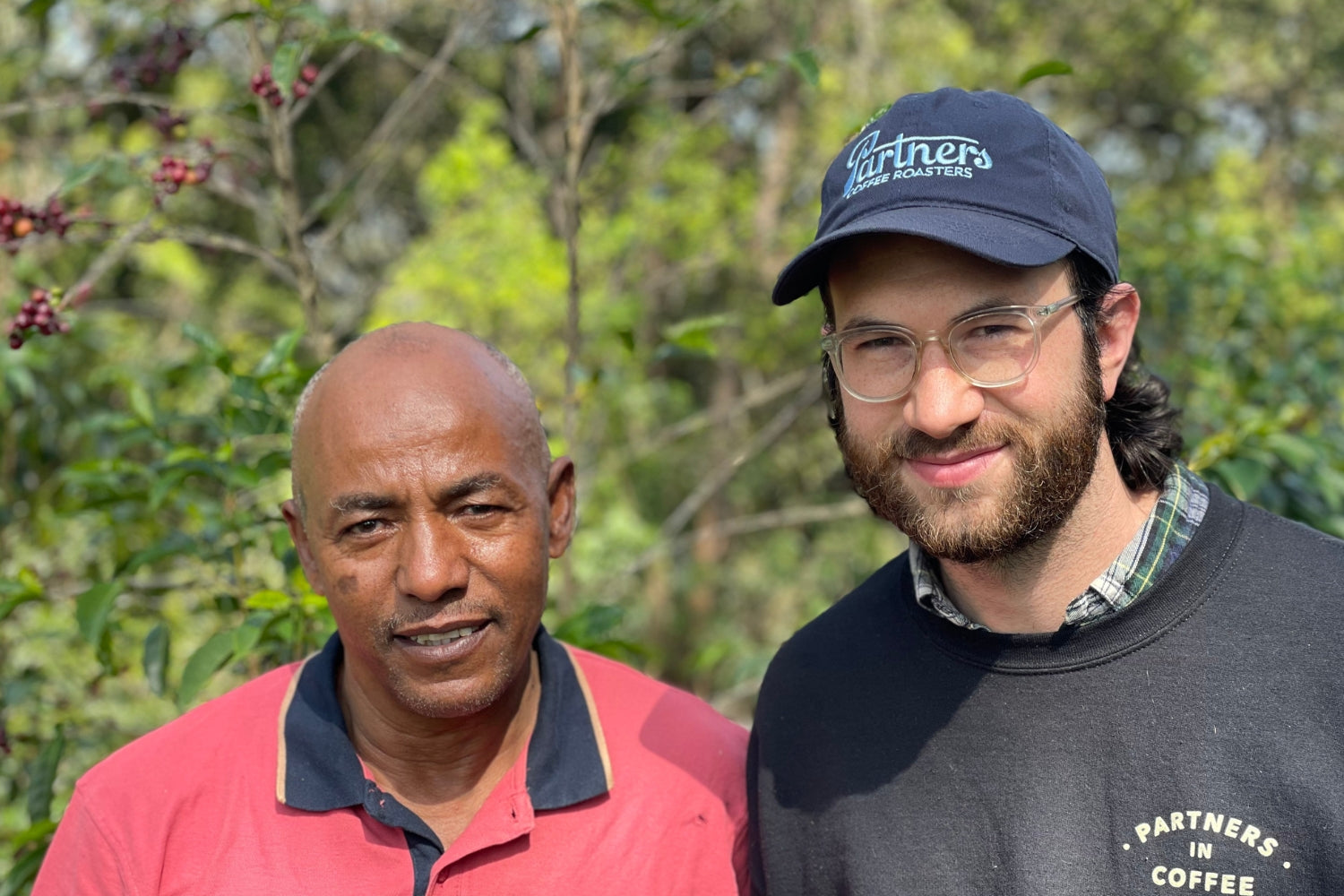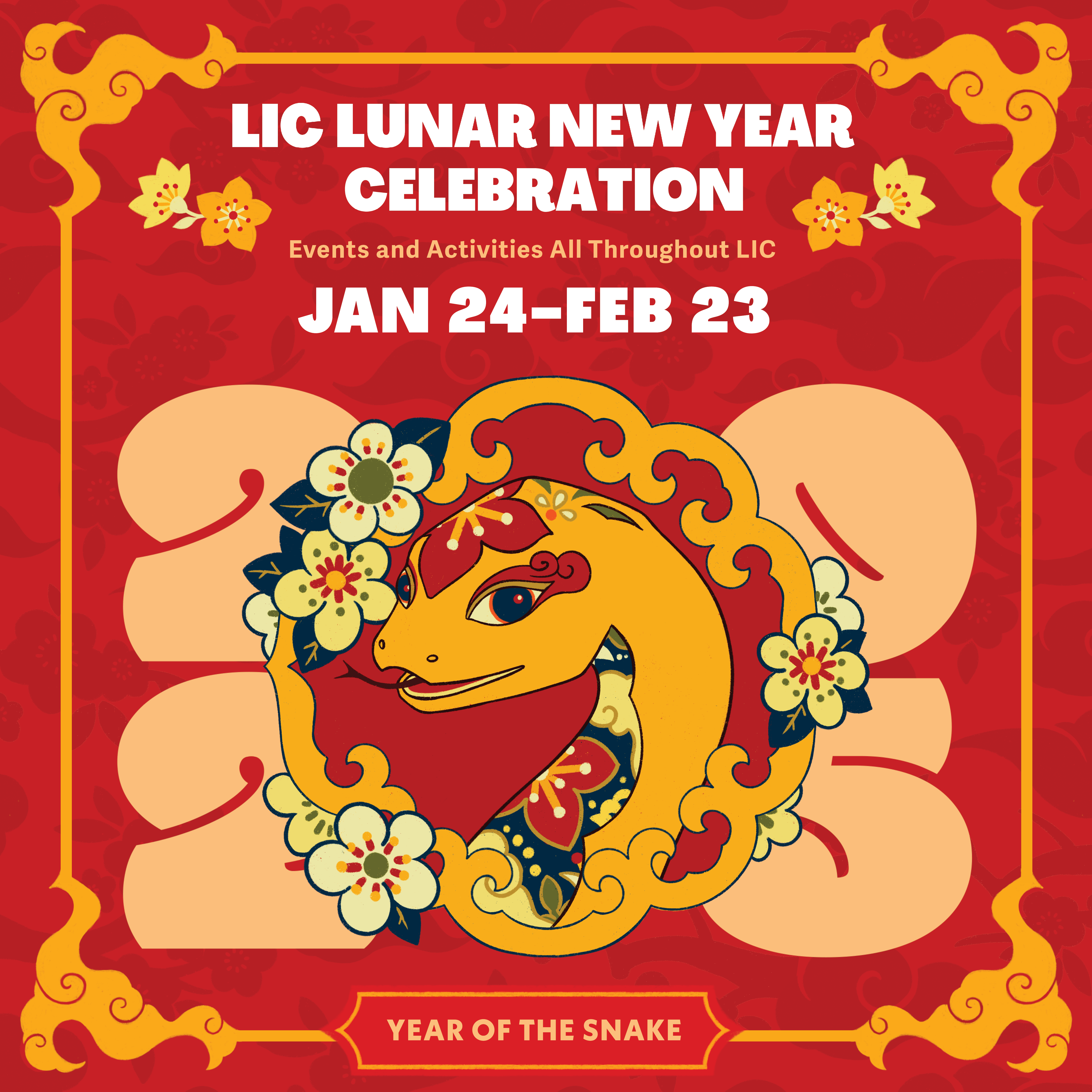Tesfaye Bekele founded Suke Quto in 2000 in the aftermath of a series of wildfires in the forests of Guji, Ethiopia. At the time, he was working for Ethiopia's national forestry service. Witnessing residents of the area replanting razed forestland with monoculture crops like corn and teff, he began campaigning for coffee as an alternative—a native species that could be cultivated as a cash crop but still grown under semi-forested conditions. (The name "Suke Quto" refers to two species of indigenous trees still found on the farm.)
Initially Tesfaye's efforts were met with reluctance. Guji, historically, was known for its mineral resources and its livestock but it was not a recognized coffee origin, and given that newly planted coffee requires several years to become productive, it was not seen as a well-proven investment. Seeing this he started a demonstration farm, a plant nursery, and ultimately two washing stations both to encourage farmers in the area to adopt coffee agroforestry and to support them in bringing their coffees to market.
Suke Quto (and its surrounding outgrowers) grow kurume and wolisho - referred to as distinct varieties, but this may be a colloquialism. Both are common in Ethiopia, especially in Gedeo and Guji, but it's unclear whether they are specific varieties or two categorizations of common morphological traits. (The formally cataloged JARC 74110 and 74112 varieties are both sometimes thought of as "kurume.") Among Tesfaye's many contributions to Guji coffee is his realization that kurume and wolisho often have superior flavor when combined together rather than sold in isolation.
In over ten years of sourcing coffee from Suke Quto, we've prized their unwavering stability, consistency, and predictability—in other words, anything novel or experimental is cause for curiosity. For years we've heard rumors of Tesfaye's "secret process," so when we heard there might finally be some available, we jumped at the opportunity.
We mean it when we say "secret" process—the few things we do know only add to the mystery. (We think there was inspiration drawn from a globally beloved soft drink.) What's left, then, is sensory clues. It appears to have been dried as a natural (with the fruit still intact), judging from the intensity of fruit flavor, syrupy body, and the reddish appearance of the unroasted coffee. The flavors are articulate and complex, and we're consistently reminded of grape and cherry soda, lambrusco, and root beer, which gradually mellow to white peach, pineapple candy, and passionfruit. Signs point to some kind of intervention in the fermentation process that would aid in the coffee's complexity—perhaps an additional fermentation stage, possibly in an environment where ambient oxygen has been displaced or removed.
An exciting, unique, fruit-focused coffee, we've been enjoying this as filter coffee. For truly spectacular results, we've been resting it a little longer than we usually would (waiting perhaps 9-10 days after roasting), brewing at a cooler temperature (200ºF), and opting for a more dilute ratio (1:17 or 1:18). As this coffee is slightly more soluble, we'd recommend fine tuning with incrementally coarser grind settings as a starting point.








Leave a comment
This site is protected by hCaptcha and the hCaptcha Privacy Policy and Terms of Service apply.